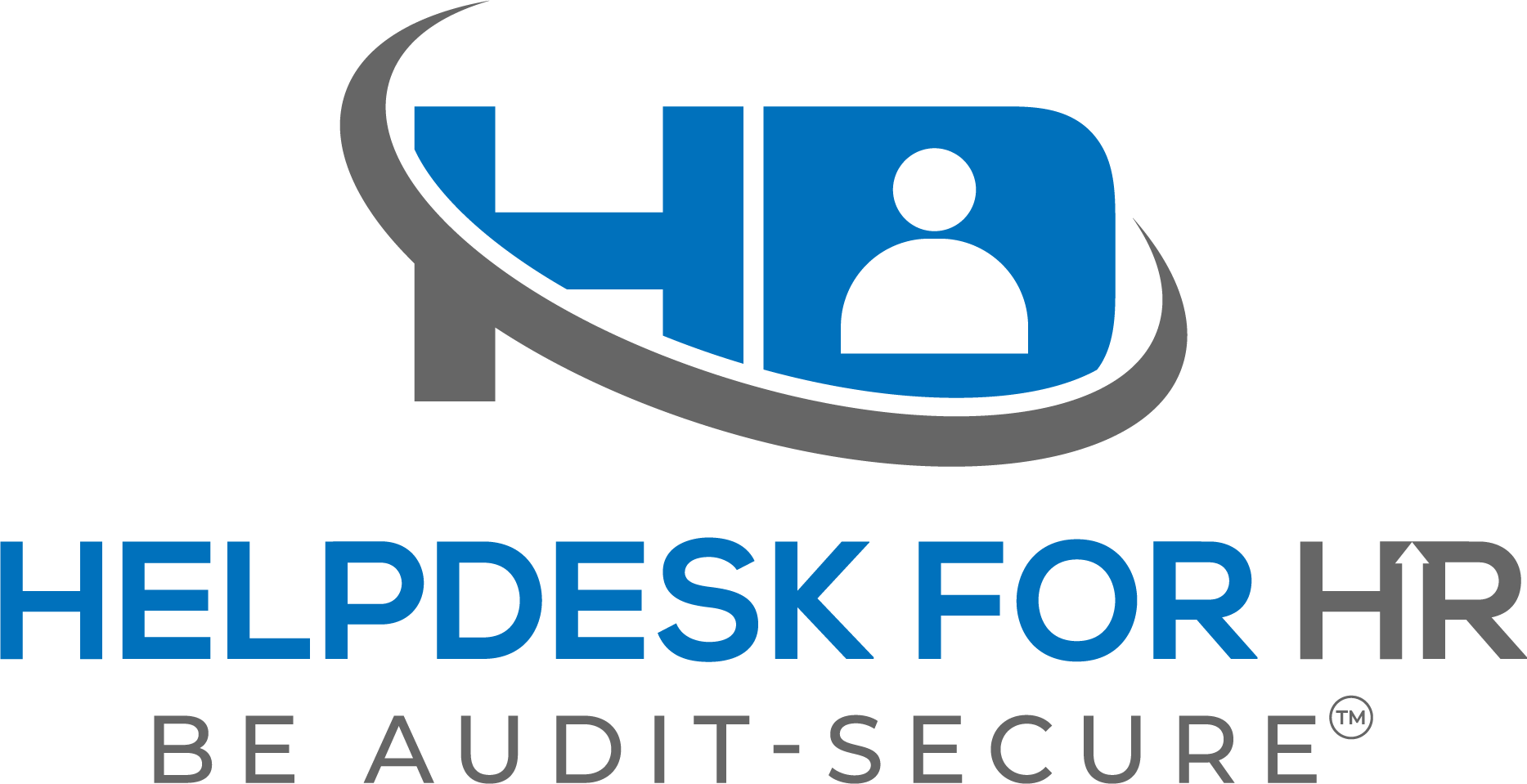The interview is a crucial step in the hiring process, providing an opportunity for both the employer and the candidate to assess if they’re a good fit for each other. In this first part of our series on mastering the interview process, we’ll focus on how to set the stage for a successful interview.
Introduce Everyone
First impressions matter, and proper introductions set the tone for the entire interview. Here’s how to start on the right foot:
- If it’s a one-on-one interview, exchange names and shake hands
- For panel interviews, introduce each interviewer and their role
- Start with some light small talk to put the candidate at ease
- Give a brief overview of your role and the company
Remember, the goal is to make the candidate feel comfortable while maintaining a professional atmosphere.
Use a Panel When Appropriate
Panel interviews can be an effective way to assess candidates from multiple perspectives. Here’s how to make them work:
- Limit the panel to 3-4 interviewers to avoid overwhelming the candidate
- Assign roles to each interviewer (e.g., assessing technical skills, cultural fit, etc.)
- Allow time for each panelist to ask questions and take notes
- Compare notes and ratings after the interview
Panel interviews can save time and provide a more comprehensive evaluation of the candidate.
Match the Interview to the Job
Tailor your interview approach to the position you’re filling:
- Consider conducting part of the interview in the actual work environment
- For creative roles, include a practical component that showcases their skills
- For customer-facing positions, observe how they interact with others in the office
This approach gives candidates a realistic preview of the job and helps you assess how they might perform in the role.
Prepare the Right Types of Questions
The questions you ask can make or break an interview. Consider using a mix of:
- Open-ended questions to allow candidates to elaborate on their experiences
- Behavioral questions to understand how they’ve handled situations in the past
- Hypothetical questions to assess problem-solving skills
- Technical questions specific to the role
Avoid questions related to age, marital status, religion, or sexual orientation, as these are typically off-limits and could lead to legal issues.
Consider Using the S.T.A.R. Method
The Situation, Task, Action, Result (S.T.A.R.) method can help structure behavioral questions:
- Situation: Ask about a specific situation the candidate faced
- Task: What was required of them in that situation?
- Action: What actions did they take?
- Result: What was the outcome of their actions?
This method helps candidates provide concrete examples of their skills and experiences.
Create a Comfortable Environment
The physical setup of the interview can impact its success:
- Choose a quiet, private space free from distractions
- Ensure the room is at a comfortable temperature
- Offer the candidate water or coffee
- Have any necessary materials (job description, candidate’s resume) readily available
A comfortable environment can help candidates relax and perform their best during the interview.
Setting the stage properly creates an environment conducive to a productive and insightful interview. Remember, the goal is not just to assess the candidate but also to give them a positive impression of your company. In our next post, we’ll delve deeper into asking the right questions during the interview.
Join me next week for “Mastering the Interview Process: Part 2 – Asking the Right Questions.”
Be Audit-Secure!
Lisa Smith, SPHR, SCP
Log in or Register to save this content for later.
